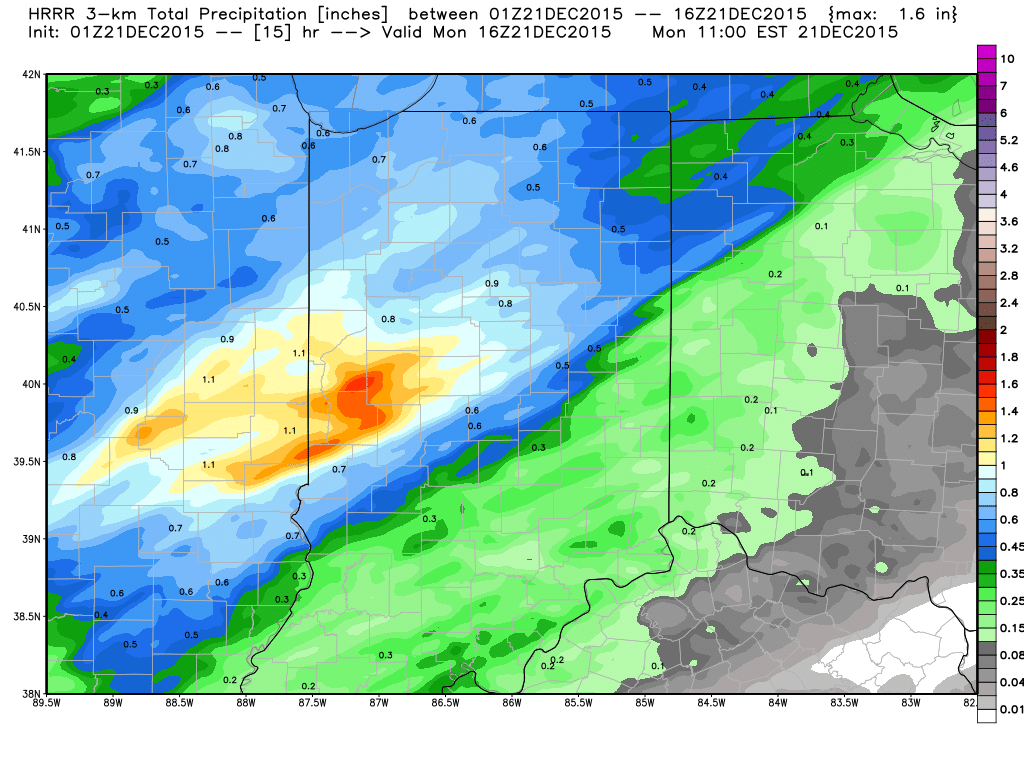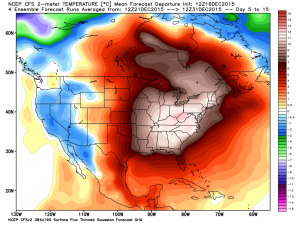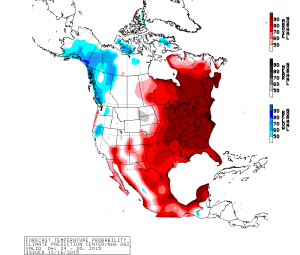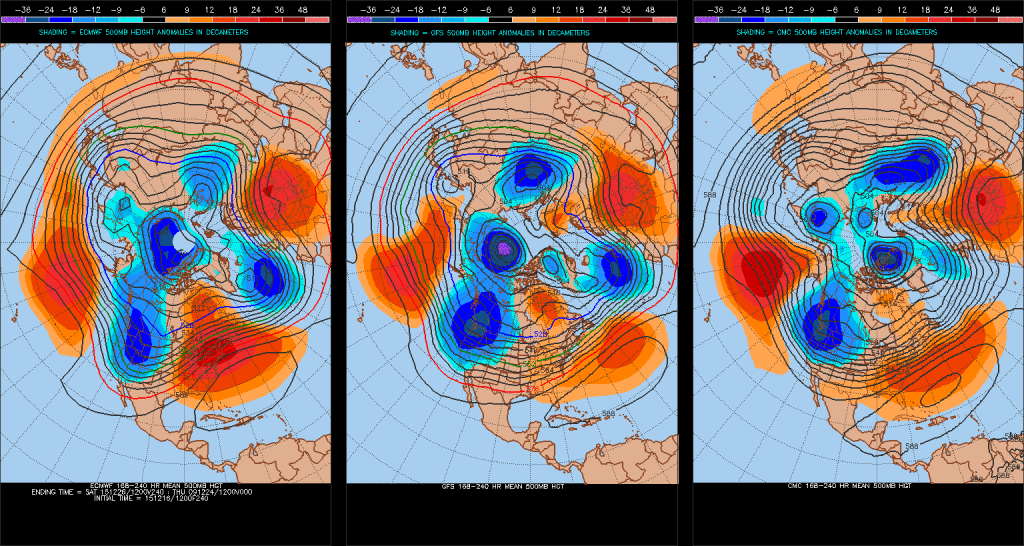You must be logged in to view this content. Click Here to become a member of IndyWX.com for full access. Already a member of IndyWx.com All-Access? Log-in here.
Category: Forecast Models
Permanent link to this article: https://indywx.com/tuesday-evening-video-brief-severe-weather-possible-tomorrow/
Dec 22
Active Wednesday Only The Beginning….
Rumbles of thunder woke several folks up (yours truly included) during the overnight. This was just a teaser for what lies ahead Wednesday as we continue to think a very…
You must be logged in to view this content. Click Here to become a member of IndyWX.com for full access. Already a member of IndyWx.com All-Access? Log-in here.
Permanent link to this article: https://indywx.com/active-wednesday-only-the-beginning/
Dec 20
Where We Stand…
Some are beginning to grow tired of the seemingly unending warmth and lack of snow, particularly with an above normal stretch of weather coming that includes the Christmas holiday (though not nearly as warm as the European suggested as soon as only a few days ago).
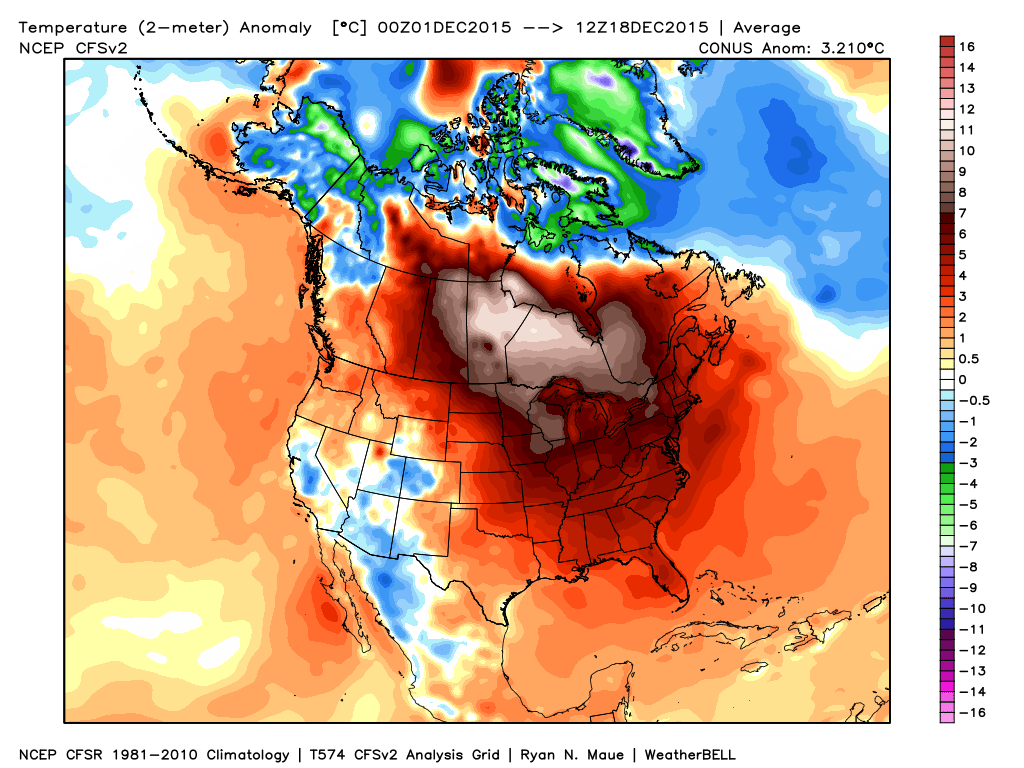
Month-to-date, December has been a warmer than normal month for most of the country. Source: Weatherbell.com
Our winter outlook stated we thought we’d get off to a warmer than normal start, but we were also very clear in stating we thought a rather marked shift to more sustained wintry conditions loomed for mid and late winter. That period is drawing closer by the day and it’s time to “put up or shut up.” By “mid winter” we mean mid January. Yes, that means three weeks out. Without holding back any punches, we’re fully expecting a colder than average period developing by then (and with staying power), along with plenty of opportunities for wintry precipitation.
You can read our full winter outlook (published in October) here.
The reasoning for our thinking has been outlined in previous posts and in our winter outlook, but, in short, it’s built on the idea of a weakening El Nino and a mean winter upper air pattern that includes W NA ridging (positive PNA regime). Later in the season, a more sustained negative AO and NAO should establish itself that could carry the wintry regime into meteorological spring.
We think we begin to progress into a “step down” process to the pattern explained above through the early stages of January, and the ensemble data is beginning to support this.
The modeled W NA ridging is a far cry from what we’ve been dealing with over the past month.
Now we caution that the initial step down to a more sustained wintry pattern won’t occur overnight. We label it “step down” for a reason. All the while, it’s a start in shifting away from the anomalous warmth we’ve been dealing with through the month of December. Initially, cold air will only be marginal, but as things align into the mid/ late winter pattern and we expand snow cover, arctic air will grow in a more widespread fashion. Something else we’ll begin to have to keep a close eye on? A potentially active NW flow that features several clippers plenty capable of producing accumulating snow. We note central-based Ninos are notorious for the clipper parade during the mid and late winter stretch.
In the shorter term, a rather unsettled Christmas week looms. Modeling will continue to “sure up” the handling of a rather complex storm system after Christmas, as well. We note runs that have pumped out copious rain numbers and others that suggest wintry precipitation may fall as the cold upper low ejects northeast. We’ll continue to monitor.
In the meantime, gear up for a rather wet Monday. We think one half inch is a good bet across the area, with locally heavier totals. Our updated 7-day in the morning will be a rather busy one. Talk with you in the AM!
Permanent link to this article: https://indywx.com/where-we-stand/
Dec 16
Sweaters Or Shorts For Christmas?
Before we get into the thinking behind our set-up for Christmas, we want to be very clear in saying the overall warm pattern will continue as we head through the holiday season and into early parts of 2016. We do see signs of changes brewing that could (and should) lead to a dramatic flip of the coin for the second half of winter. With a weakening Nino, it’s also likely that the cold and wintry changes last deep into spring this year, but that’s for another discussion down the road.
In the grand scheme of things, mid and long range model data strongly suggests a very warm pattern remains across the eastern half of the nation, while cold dominates the west, through the end of 2015.
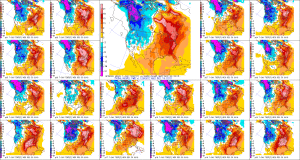 Just to be clear, we’re very confident on the medium range warmth to wrap up the year (and most likely open 2016). Contrary to how confident we are on the overall warm pattern through the mid range, we’re much less confident with the shorter term pattern that encompasses the all-important Christmas Eve – Christmas Day forecast. Getting right to the point, the American GFS forecast model suggests we’re dealing with a FROPA (frontal passage) Christmas Eve night that sets up a blustery, colder Christmas with morning snow flurries possible. The GFS says we make it into the lower to middle 40s for highs Christmas. On the flip side, the European model (usually, but not always, more accurate than the GFS) says we blow into early summer-like levels with highs around 70 degrees Christmas, including a mostly dry forecast with strong southwest winds. How does an afternoon BBQ sound Christmas with that sort of idea?!
Just to be clear, we’re very confident on the medium range warmth to wrap up the year (and most likely open 2016). Contrary to how confident we are on the overall warm pattern through the mid range, we’re much less confident with the shorter term pattern that encompasses the all-important Christmas Eve – Christmas Day forecast. Getting right to the point, the American GFS forecast model suggests we’re dealing with a FROPA (frontal passage) Christmas Eve night that sets up a blustery, colder Christmas with morning snow flurries possible. The GFS says we make it into the lower to middle 40s for highs Christmas. On the flip side, the European model (usually, but not always, more accurate than the GFS) says we blow into early summer-like levels with highs around 70 degrees Christmas, including a mostly dry forecast with strong southwest winds. How does an afternoon BBQ sound Christmas with that sort of idea?!
When we get down to the dirty details, the differences all have to do with the way the models handle the eastern (Bermuda) ridge. A snap-shot of the 8-10 day ensemble composite (that shows the Euro, GFS, and Canadian) highlights small, but significant, differences with the ridge placement.
The GFS model (and Canadian, as well) suggests we’re dealing with a more progressive pattern Christmas that results in the cold “sloshing” it’s way east much quicker than its’ European counterpart. Meanwhile, the European model says the eastern ridge flexes it’s muscle going into the Christmas period and results in the warmer, breezy solution as opined above.
When we dig in further, experience tells us we should “raise an eyebrow” to both solutions. How many times have we seen the biases that both models have impact the mid to long range forecast? The GFS has an eastern (more progressive) bias while the European has a western (slower) bias. Hint: It’ll be important to remember that as we rumble into more active cold and wintry times come mid and late in the season.
To sum things up, while we’re supremely confident in the long term warm pattern to wrap up the year, we remain very cautious with either solution currently being portrayed by either *normally* more-trusted mid range models. Lets give it a couple more days and see where things go. I wish we could be more certain with that all-important Christmas forecast, but we simply can’t at this juncture. Both solutions have been very consistent with their respected idea for the past couple days. One thing’s for sure and that’s that we’ll be looking at a major model bust sooner rather than later…
Permanent link to this article: https://indywx.com/sweaters-or-shorts-for-christmas/
Dec 14
Monday Morning: Transient Pattern…
Wow, the warmth of the weekend was simply amazing. We were even able to take our Christmas party outside Saturday night and enjoy the warm weather in the back yard.…
You must be logged in to view this content. Click Here to become a member of IndyWX.com for full access. Already a member of IndyWx.com All-Access? Log-in here.
Permanent link to this article: https://indywx.com/monday-morning-transient-pattern/



